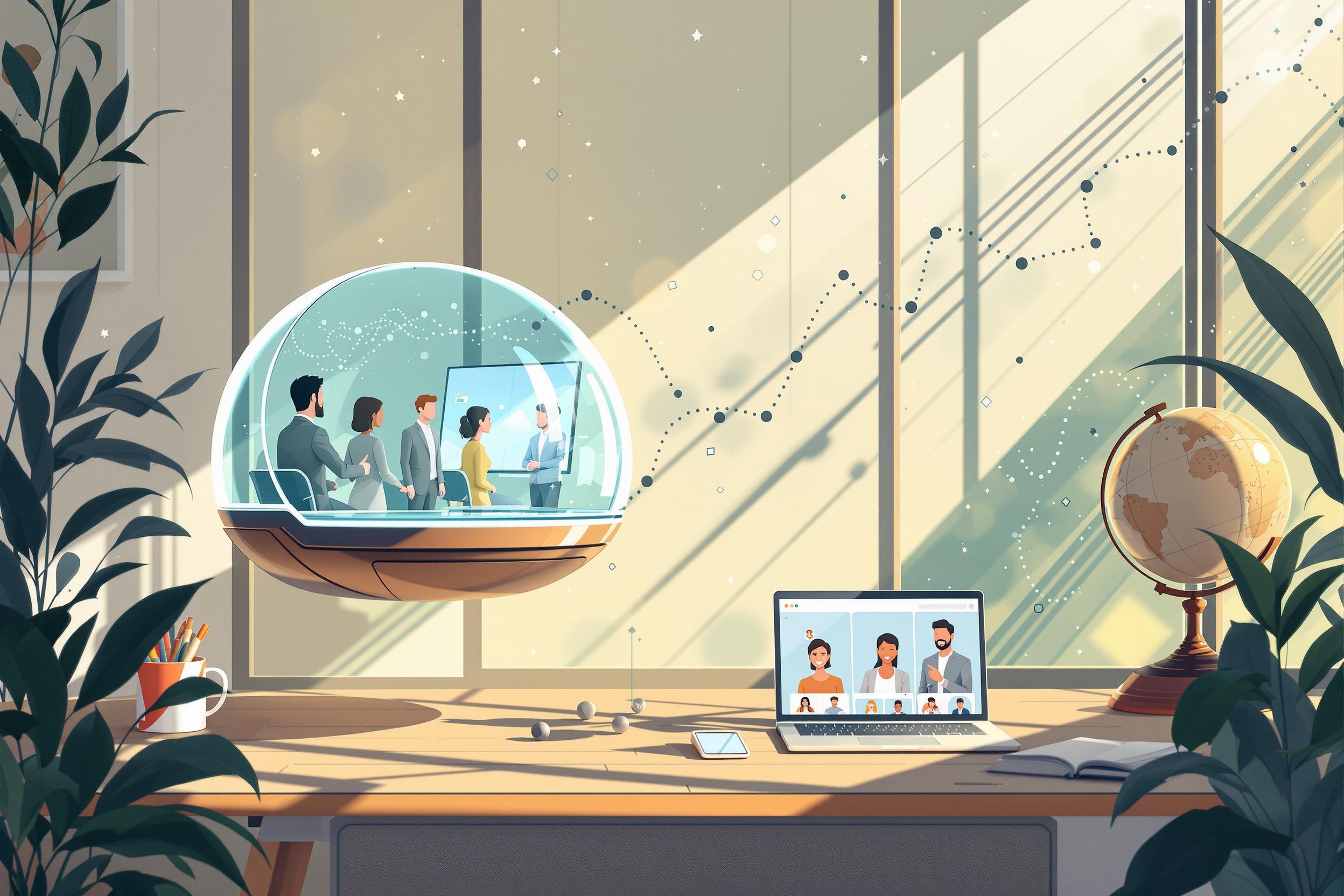
Stage Left
Stage Left is a standard theater term that refers to the left side of the stage when looking out at the audience from the performer's perspective. It's a crucial directional term used in stage management, theater production, and live events to coordinate movement, place props, and organize performances. When you see this term in resumes or job descriptions, it shows that the candidate understands basic stage directions and theater terminology. This is similar to how other directional terms like "Stage Right," "Upstage," and "Downstage" are used to describe different areas of the stage.
Examples in Resumes
Coordinated complex scene changes from Stage Left during national touring production
Managed prop tables and quick-change stations at Stage Left for Broadway show
Supervised crew of 5 technicians at Stage Left during multiple productions
Typical job title: "Stage Managers"
Also try searching for:
Where to Find Stage Managers
Professional Organizations
Job Boards
Example Interview Questions
Senior Level Questions
Q: How do you manage complex scene transitions involving multiple departments from stage left?
Expected Answer: They should explain how they coordinate between departments, manage timing, ensure safety, and handle potential problems during transitions. Look for experience with large productions and team leadership.
Q: Tell me about a time when you had to solve a major problem during a live performance involving stage left operations.
Expected Answer: Look for problem-solving abilities, quick thinking, and leadership skills. They should demonstrate how they maintain calm under pressure and ensure show continuity.
Mid Level Questions
Q: How do you organize and maintain stage left during a running show?
Expected Answer: They should discuss prop organization, traffic flow management, safety procedures, and communication systems with other departments.
Q: What systems do you use to track props and equipment at stage left?
Expected Answer: Look for knowledge of inventory systems, prop tracking methods, and organizational skills that keep shows running smoothly.
Junior Level Questions
Q: Can you explain the basic stage directions and areas?
Expected Answer: They should be able to explain stage left, stage right, upstage, downstage, and center stage from both performer and audience perspectives.
Q: What safety considerations are important at stage left?
Expected Answer: Should mention clear pathways, proper lighting, trip hazards, proper prop placement, and emergency exit access.
Experience Level Indicators
Junior (0-2 years)
- Basic understanding of stage directions
- Prop handling and organization
- Following cue sheets
- Basic safety procedures
Mid (2-5 years)
- Complex prop management
- Scene change coordination
- Communication with multiple departments
- Emergency procedure management
Senior (5+ years)
- Production planning and oversight
- Team leadership and training
- Complex show management
- Technical system integration
Red Flags to Watch For
- Unfamiliarity with basic stage directions
- No experience with live performances
- Poor communication skills
- Lack of safety awareness
- No knowledge of theater terminology
Related Terms
Need more hiring wisdom? Check these out...

From Farewells to Future Allies: Transforming Exit Interviews into Lifelong Connections

From Passive to Active: Nurturing Candidates Over the Long Haul

Ghosted Again? How to Stop Candidates from Disappearing and Start Engaging Them Better

